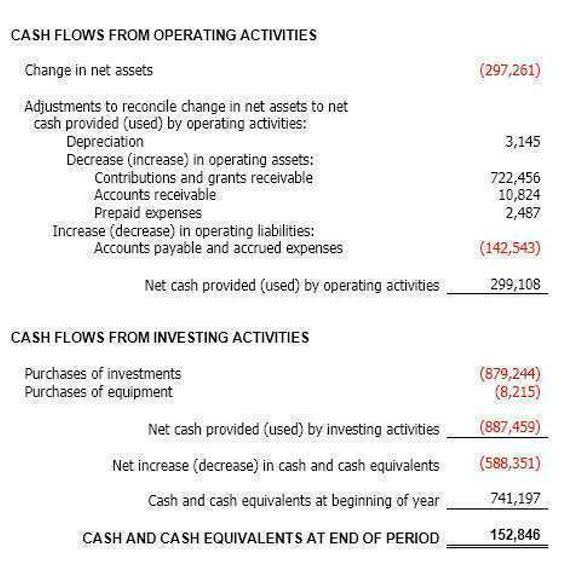As a business leader, you should have a good idea of which professionals best suit the needs of your company. As such, it’s important to know whether you need a bookkeeper or an accountant to keep track of your affairs. That may be tough since the roles and responsibilities may intertwine.
- The following analysis compares the education requirements, skills required, typical starting salaries, and job outlooks for accounting and bookkeepers.
- Costs, also known as the cost of goods sold, is all the money a business spends to buy or manufacture the goods or services it sells to its customers.
- While this is not true for many species of visually graded lumber due to limited range of perpendicular to grain lumber design properties, it is true for SP and Machine Stress Rated (MSR) lumber.
- As a bookkeeper, you will need to learn how to create balance sheets, invoices, cash flow statements, income statements, accounts receivable reports, and more.
The person in an organisation who is employed to perform bookkeeping functions is usually called the bookkeeper (or book-keeper). Thereafter, an accountant can create financial reports from the information recorded by the bookkeeper. The bookkeeper brings the books to the trial balance stage, from which an accountant may prepare financial reports for the organisation, https://hayters.com/mfv/this-is-my-club-frank-lampard-delighted-to-be-back-at-chelsea/ such as the income statement and balance sheet. These are individual entries in journals or ledgers that summarize each business transaction. These are reports containing a summary of the business’s income and expenses for a specific timeframe. Bookkeepers can log a business’s financial transactions using single-entry or double-entry bookkeeping.
Handle accounts receivable and payable
Column One contains the names of those accounts in the ledger which have a non-zero balance. If an account has a debit balance, the balance amount is copied into Column Two (the debit column); if an account has a credit balance, the amount is copied into Column Three (the credit column). The debit column is then totalled, and then the credit column is totalled. The two totals must agree—which is not by chance—because under the double-entry rules, whenever there is a posting, the debits of the posting equal the credits of the posting. If the two totals do not agree, an error has been made, either in the journals or during the posting process. The error must be located and rectified, and the totals of the debit column and the credit column recalculated to check for agreement before any further processing can take place.
You should consult your own professional advisors for advice directly relating to your business or before taking action in relation to any of the content provided. Evidence of financial record keeping has been found in Mesopotamia, Babylon, Sumer and Assyria as far back as 7000 BC. Archives have been discovered, showing the recording of accounts from farm produce in ancient Greece as well as from the Roman Empire.
A Beginner’s Guide to Small Business Bookkeeping
In single-entry bookkeeping, you report profits and expenses for all expenditures in a cash register. The double-entry method begins with a journal, followed by a ledger, a trial balance, and financial statements. The bookkeeping transactions can be recorded by hand in a journal or using a spreadsheet program like Microsoft Excel. Most http://svadba.pro/photos/tp/captains+finance businesses now use specialized bookkeeping computer programs to keep books that show their financial transactions. Bookkeepers can use either single-entry or double-entry bookkeeping to record financial transactions. Bookkeepers have to understand the firm’s chart of accounts and how to use debits and credits to balance the books.
Bookkeepers make sure the information in the books is accurate and that the books are reconciled each month. It’s important to note that not all lenders and investors require certified or audited financial statements. However, it’s still a good idea to ask an accountant to review your bookkeeper’s financial statements https://www.extra-m.ru/classifieds/rabota/vakansii/buhgalteriya-finansy-audit/2302215/ for accuracy and completeness prior to submitting them to a third party for consideration. And even if you’re not looking for funding, consider asking an accountant to review your financial statements at least once a year. Data entry involves entering your business’s transactions into your bookkeeping system.





